Timeline of the Scottsboro Depot Museum's Restoration
As beautiful and treasured as the depot is today, it was not always this way. In fact, the buiding was slated to be
torn down. Let's look at a timeline for the depot restoration and look at some of the important people
who made this beautiful restoration possible.
| 1861 |
|
In 1861, the depot was completed as the freight and passenger facility for the Memphis and Charleston Railroad, designed by the same architect who designed the Huntsville Depot. |
|
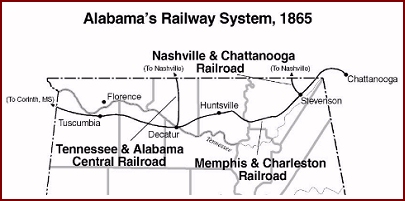 |
| 1865 |
|
On January 8, 1865, the Depot was the site of an intense battle between 101st U.S. Colored Infantry and the 110th U.S. Colored Infantry,
who held the Depot, and Confederate soldiers led by Brigadier-General H. B. Lyon. The out-numbered Union soldiers defended the station until Confederate artillery
fire drove them from the building. Lawrence Oaks of the Alabama Historical Commission observed that the depot skirmish was one of the few times that black soldiers and white confederates fought directly against each other. |
|
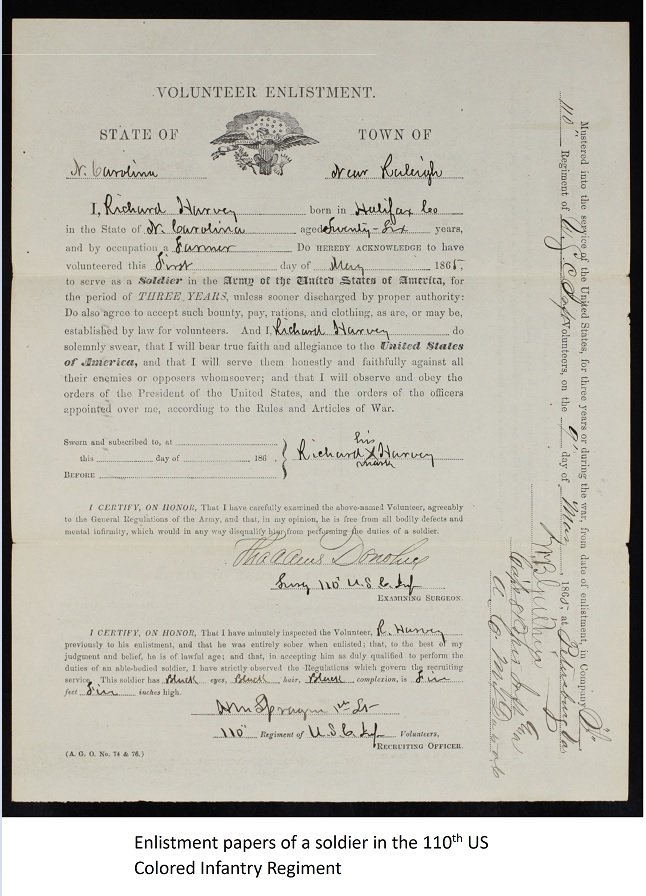 |
| 1870 |
|
When the city of Scottsboro was incorporated in 1870, the depot was used to lay out the city limits. They extended 1/2 mile in each direction from the depot. |
|
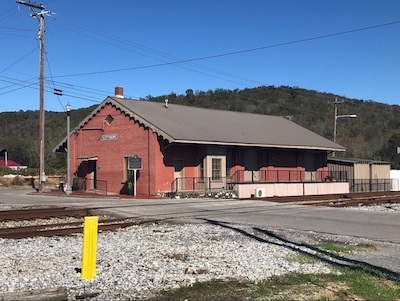 |
| 1881 |
|
A major fire destroyed much of the business district along the railroad tracks in 1881. Citizens saved the depot by laying wet blankets on the embers.
After the fire, many businesses relocated to the courthouse square. |
|
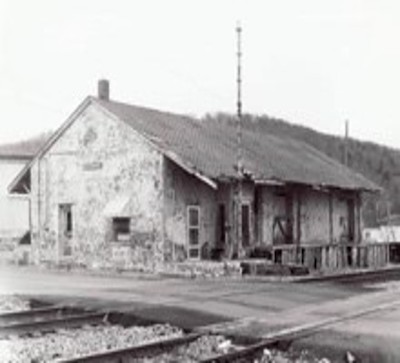 |
| 1891 |
|
The passenger depot was built in 1891. It opened in 1892. |
|
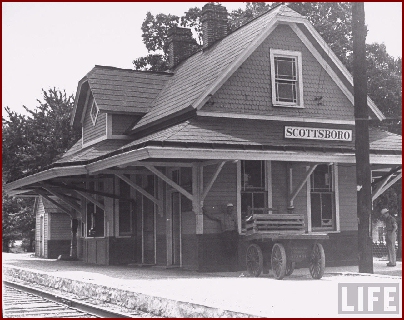 |
| 1964 |
|
Passenger service to Scottsboro ended in 1964. The passenger depot, slated for demolition, was sold to a private citizen and moved. |
|
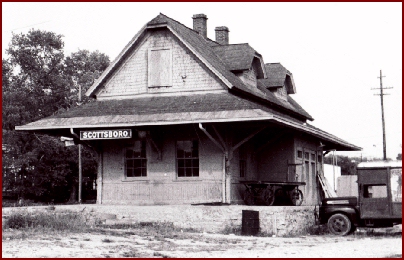 |
| 1970s |
|
In the 1970s, freight continued to be unloaded and stored at the depot. |
|
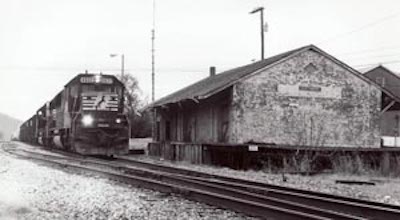 |
| 1982 |
|
The Southern Railway merged with the Norfolk and Western, creating the Norfolk Southern in 1982. |
|
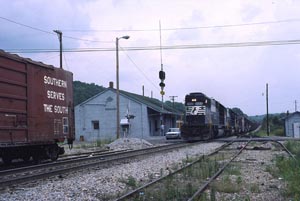 |
| Dec 1993 |
|
December 1993 marked the end of the time when the depot was manned by a railway agent and was a full-function Norfolk Southern Railway depot. Last agent was Bill Borden. |
|
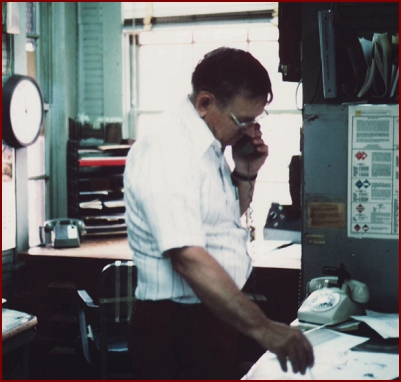 |
| Early 1995 |
|
In early 1995 JCHA members began to sound the alert that the building was about to be demolished. On March 26, 1995 the Scottsboro Daily Sentinel published an article that informed the community as to what was about to happen.
It began: "A city building older than Scottsboro faces demolition unless a last-ditch preservation is devised." The article also contained new research that recognized the African-American soldiers for their bravery and heroism. This made it extremely difficult for Norfolk Southern to
tear down the depot because of the bad publicity it would garner. This article was a benchmark in saving the depot. |
|
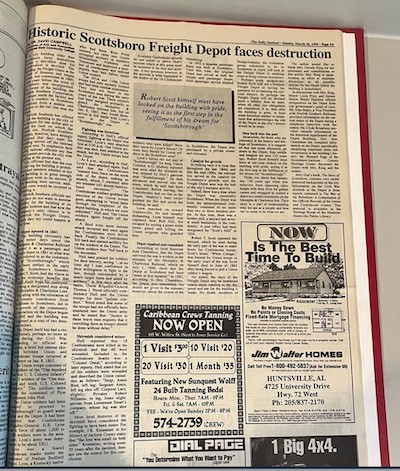 |
| 1995 |
|
The JCHA's Depot Committee worked with the city and Mayor Louis Price to support the depot. Norfolk Southern offered to sell the depot to the city for $1,000,000 and the city council "counteroffered" that Norfolk Southern might donate the building
to the city, to which they eventually agreed. Previously, Norfolk Southern had offered to donate the depot to the city 1993, but such vocal public support was not evident at that time and the city declined. |
|
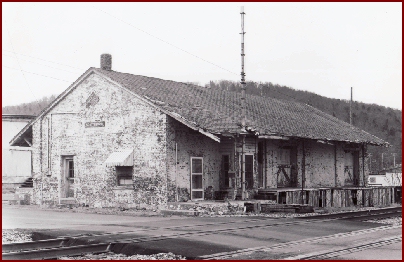 |
| Fall 1995 |
|
JCHA members nominated the depot for the Alabama 'Places in Peril' list. The Alabama Historical Commission approved the nomination and the depot was on the list in the Fall 1995 issue of Alabama Heritage.
This was key in saving the depot, because of the publicity it gave the issue and because it introduced the JCHA to Bob Gamble, who was extremely helpful in cause. |
|
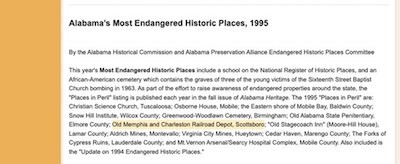 |
| Dec 1995 |
|
Harvie Jones, a leading historic restoration architect in the southeast, came from Huntsville and gave an assessment of the building. The decision was made to restore the depot to its 1860 state. Also in December 1995, JCHA members published and arranged other publicity to win community support to help save the depot, such as bringing in the DesignAlabama program from Auburn University and researching
pertinent facts, such as the depot's role in laying out the city of Scottsboro in 1870.
|
|
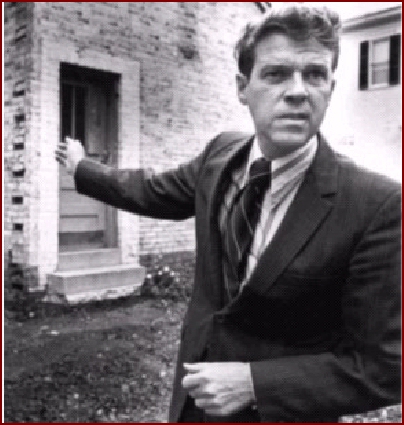 |
| 1996 |
|
Norfolk Southern deeded the depot to the city. The city then leased it to the JCHA. Also in 1996, Bob Gamble from the Alabama Historical Commission
visited the depot and confirmed the historical significance of the depot as one of three remaining pre-Civil War depots in Alabama. |
|
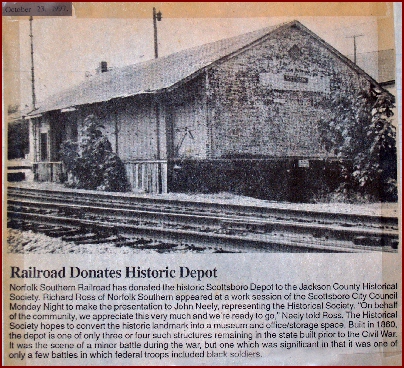 |
| 1997 |
|
In 1997, the JCHA Depot Committee took charge of getting the depot restored, beginning with the priority of getting a new roof to stop deterioration associated with leaks. |
|
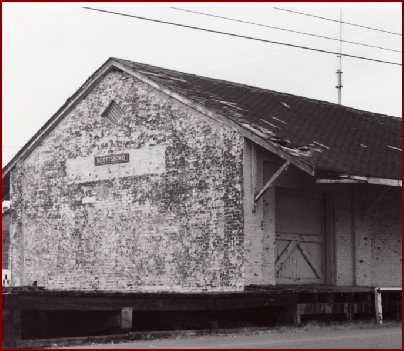 |
| Feb 20, 1998 |
|
The depot was placed on the National Register of Historic Places. This lengthy and meticulous application process
added another layer of protection for the depot upon its acceptance onto the prestigious list. This designation was also critical to funding that came later, in 2001, for restoration.
|
|
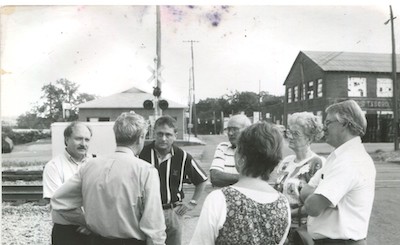 |
| 1998 |
|
Miss Jessie Bynum was designated a Train Master for her financial contributions to the restoration of the depot.
|
|
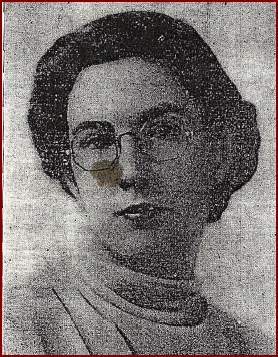 |
| Feb 2001 |
|
The JCHA, the city and a town improvement organization called Spirit of Scottsboro worked to secure a $50,000 grant from the
Department of Transportation along with a $10,000 match from the city of Scottsboro. This funding was awarded in February 2001. A strong endorsement from the Alabama Historical Commission was critical to the securing of this funding. This funding was used to repair the roof of the depot, a critical step in halting the
deterioration of the building. |
|
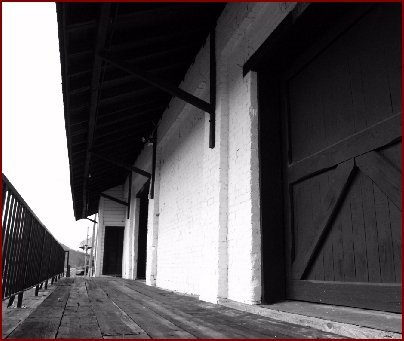 |
| 2005 |
|
Frances Robb, historical preservation consultant, conducted a workshop to establish short- and long-term goals for the depot. |
|
 |
| 2005 |
|
The JCHA took the recommendations from Ms. Robb, and with the support of the depot committee, prioritized work and set contained, achievable goals that could be funded through sources such as the Bynum Foundation. Annual financial support was secured through the Jackson County legislative delegation.
|
|
 |
| 2006 |
|
As visible progress on restoration became more evident, local people volunteered time and money. |
|
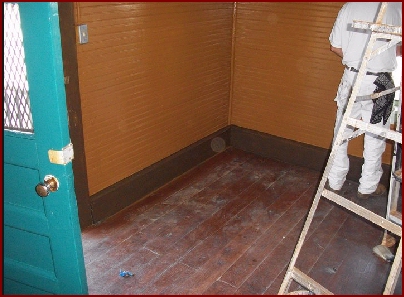 |
| 2006 |
|
New Orleans architect Lewis Robinson completed preservation of his pre-Civil War home in Jackson County, and became involved with the depot restoration, providing both exterior and interior design guidance. |
|
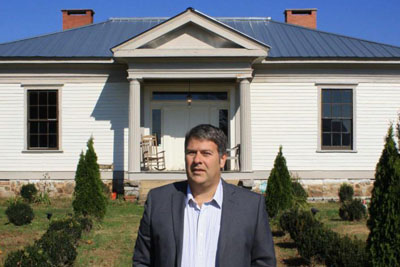 |
| 2007 |
|
Lewis worked with renovation contractor Terry Chance to solve the problem with the chestnut floors identified in the Robb report: spaces so big between the boards that walking in the building was hazardous. Chance's solution involved sanding the floors and combining the sawdust with sealant to close the spaces, making it possible to insure the building and open it to visitors. |
|
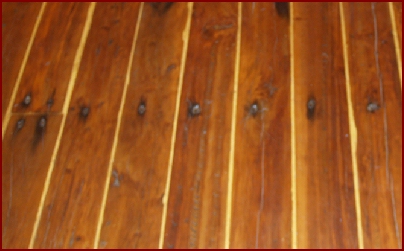 |
| 2008 |
|
Builder Trey Browder performed or supervised all exterior and interior renovations, done slowly over time as funding became available. |
|
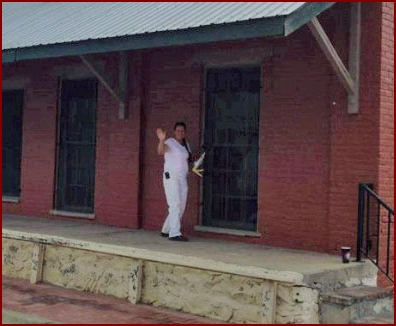 |
| 2010 |
|
A gasolier was acquired that hangs in the entry, similar to the one that hangs in the Memphis and Charleston depot in Huntsville. |
|
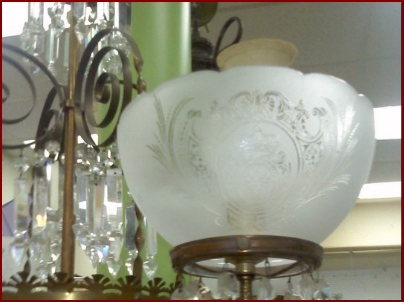 |
| 2011 |
|
A call was broadcast for artifacts to be displayed in the depot museum, speaking to civic groups, newspapers, and internet forums. |
|
 |
| July 2011 |
|
In July 2011, an open house was held. At the open house, the need for a wheelchair ramp was identified. Alternations were made to make the depot fully accessible. |
|
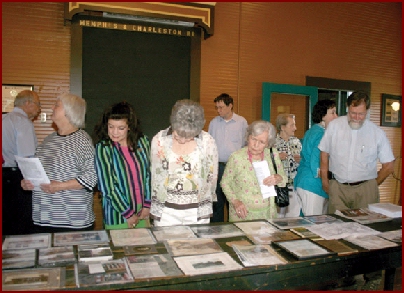 |
| June 2012 |
|
In June 2012 the Depot began opening regular hours, Fridays 10-2 and by appointment. |
|
 |
For Details on the preservation of the depot, please see the Saving the Depot from Demolition in the 1990s presentation given to the JCHA, July 24, 2023.
We are endebted to the following sources for these wonderful photos:
- Life Magazine for the photo of the passenger depot
- Alan Maples for the historical pictures of the depot and of Bill Borden
- Caroline Lynch Minor, Louis Robinson, David Bradford, and Arnold Wheeler for modern depot photos and Louis' photo
- The Sentinel newspaper for depot opening pictures
- This site for the photo of Harvie Jones: http://archives.uah.edu/harviejones/harvie.html
- This site for the photo of Bob Gamble: http://selmaala.blogspot.com/2010_03_01_archive.html
- This site for the photo of Frances Robb: http://ahf.net/speakersbureau/frobb.htm
- Paul Machen for the newspaper article



























